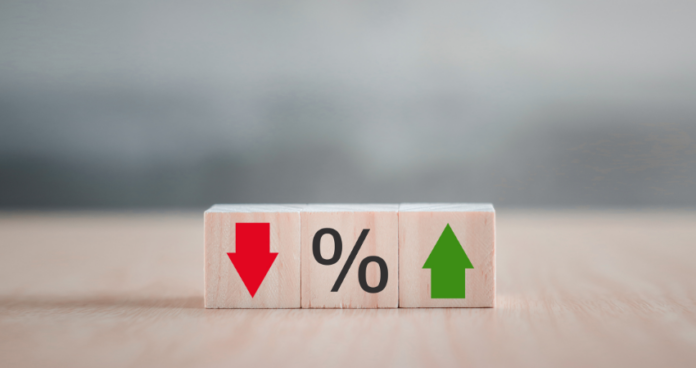The State Bank of Pakistan’s (SBP) Monetary Policy Committee (MPC) is scheduled to meet on December 16 to determine the direction of the policy rate. Following the surprising 250 basis points (bps) cut in November, which brought the policy rate down from 17.5% to 15%, analysts are now anticipating another 200 bps reduction.
The November rate cut lowered real interest rates to 780 bps from 1030 bps. However, with inflation easing to 4.9% year-on-year (YoY) in November, real interest rates have rebounded into double digits, now at approximately 1010 bps. This has created room for further monetary easing.
Market sentiment
A poll conducted by Topline Securities indicates that 71% of respondents expect at least a 200 bps rate cut. If realized, this would mark the fifth consecutive reduction, bringing the cumulative rate cuts to 900 bps. In the survey, almost 21% participants have reported an expected cut of 250 bps.
Even with a 200 bps cut, real interest rates would stand at 810 bps—well above Pakistan’s historic average of 200–300 bps. Analysts project average inflation of 7–8% for fiscal year 2025 and 8.5–9.5% for fiscal year 2026. After the anticipated cut, real rates would stabilize in the range of 400–550 bps, aligning with a medium-term policy rate target of 11–12% by December 2025.
Cautious approach
Yet, some analysts are cautious. A report by Tresmark Research highlights two key factors that could temper the extent of the rate cut: the need to maintain fiscal and exchange rate stability and the anticipated inflation rebound by February 2025.
Independent analyst AAH Soomro supports a 200 bps cut but advises restraint going forward. “This should be the last or second-last cut of the easing cycle. Cuts below 12% could risk trade imbalances, which we cannot afford. Given the inflation outlook, a 150 bps cut is a safe base case, but anything less would be overly cautious,” says Soomro. He also added that any aggressive cut below 12% must be avoided.
Soomro also emphasizes the impact of oil prices and currency alignment on economic stability. “If oil remains below $70, the rupee could stabilize below 285/USD. However, in a year, a realignment to Rs. 300/USD might spur exports.”
As per Topline Research, the Central bank will continue to keep a positive real rate in the range of 300-400bps in medium terms over forward looking inflation to accommodate any external or budgetary shock.
Secondary market
The domestic secondary market is already factoring in a rate cut. “Led by falling inflation expectations, the 6-month KIBOR and Treasury bill yields have declined by 74-81 bps since the November policy meeting, currently hovering at 12.59% and 12.16%, respectively,” read a report by Topline Research.
This is the lowest the T-Bill yields have been since April 2022. Following the yield cut, a massive $36 million outflow has been seen from the T-bills, indicating a sharp decrease in the policy rate.




